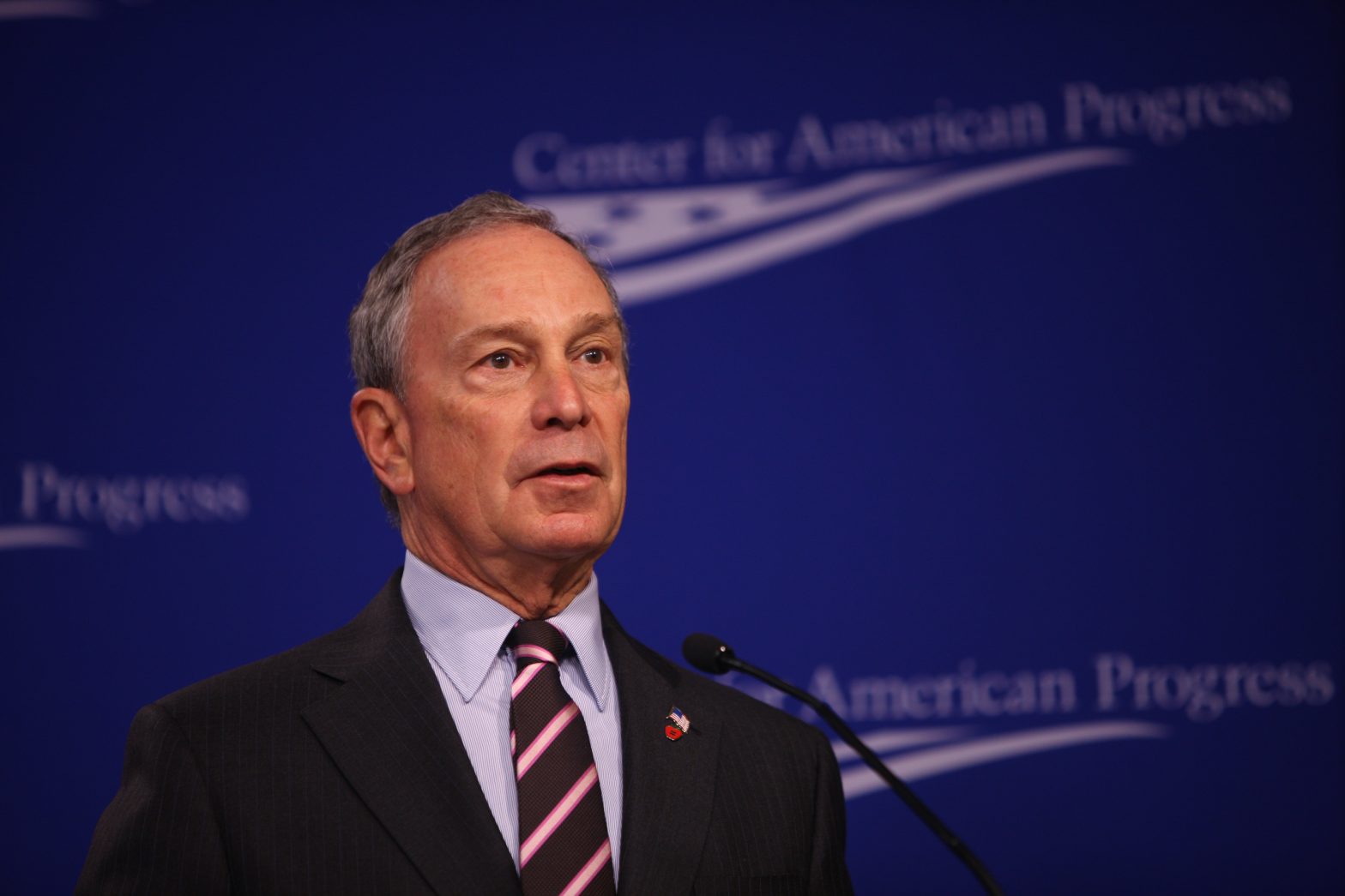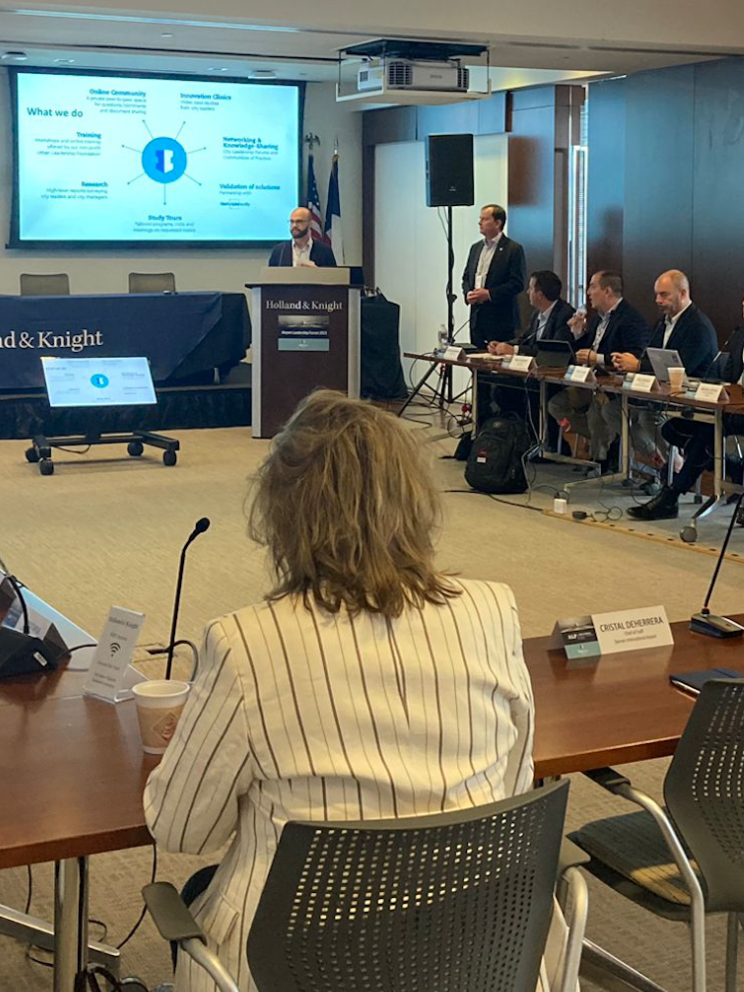
Photo: 3465791787_669cee5a75_o-1
New health role for Bloomberg
16 August 2016
by Jonathan Andrews
Michael Bloomberg, philanthropist and former three-term Mayor of the City of New York, will take up a new position as Global Ambassador for Noncommunicable Diseases.
In his new World Health Organisation (WHO) role, Bloomberg will work with national and local political leaders around the globe to highlight the burden of noncommunicable diseases and injuries. WHO noted that his track record on public health achievements as mayor will enable him to motivate cities to take on the global agenda for noncommunicable diseases and injury prevention.
“Cities and countries around the world are making great progress reducing preventable, premature deaths, and by replicating the most effective measures on a global scale, we can save many millions of lives,” said Bloomberg. “We’ll also work to raise awareness among leaders and policy makers at the local level about the real gains that can be achieved when effective programmes are in place.”
WHO reports that noncommunicable diseases like heart disease, stroke, cancer, diabetes and chronic respiratory diseases and injuries are responsible for 43 million deaths each year–almost 80 percent of all deaths worldwide. Each year, 16 million people die due to these before the age of 70.
Road traffic crashes account for a further 1.25 million deaths each year and are the leading cause of death among young people, aged 15-29 years. The WHO campaign hopes to prevent premature death and disability from noncommunicable diseases and injury through implementing proven, cost effective measures.
“Michael Bloomberg is a valued partner and has a long track record of supporting WHO in the areas of tobacco control, improving data for health, road safety and drowning prevention,” said Dr Margaret Chan, WHO Director-General. “I am therefore absolutely delighted to be able to appoint him as Global Ambassador for Noncommunicable Diseases. This will enable us to strengthen our response together to the major public health challenges and injuries.”









